For an eCommerce site’s performance, speed influences conversion rates. If you see it from more of a psychological perspective, we as a human usually tend to seek things that are faster, easier, and quicker. If the site loads quicker, a user tends to stay there and indulge in getting a complete shopping experience from it. To downsize bounce rates and increase user engagement, it is vital that your WooCommerce site load fast and seamlessly.
Giving your consumers a seamless user experience can improve SEO, boost your site’s reach, and enrich ROI. The game-changing aspect of optimizing your site is that it can achieve your ultimate goal, generate good revenue and profits.
Today’s e-shoppers have high expectations, they need a lot more than discounts or offers. They expect aspects like high-resolution images, videos, live chat, user reviews, real-time inventory, personalization, and other dynamic tools. Unfortunately, these sophistications can eventually take a toll on your site, which eventually makes it rather slow, and the evident results are increased bounce rate and cart abandonment.
The apparent reason you should optimize your site is simple, online shoppers have a low attention span, and nobody likes to wait around all day for a store to load. So optimizing your e-store for a faster and smoother shopping experience for your visitors is vital, as these aspects are the same that can push your customers to stay or abandon your site.
WooCommerce is the most downloaded customizable, open-source eCommerce platform built on WordPress. There are around 88 million downloads to date, and over 5 million sites are WooCommerce stores.
The thing about WooCommerce is that the store owners don’t have to pay a percentage of their profits to WooCommerce if they opt for its services. There might not be a subscription fee, but other related expenses should be covered if you run a WooCommerce-powered store.
Even though WooCommerce is open source and free, the catch is that the functionality of specific components comes with limited support, and you are liable for running the site in a top-notch condition. It’s well known that having a slow WooCommerce store can drag you down in many ways, from increased cart abandonment can lead to a dip in your business metrics. The final blow is that there would be an eventual plunge in customer loyalty, brand image, page visits, and even SERP visibility.
That being said, let’s take a look at how speed and usability correlate together and how they improve your e-store’s performance.
What Is Optimal Load Time?

The balancing speed and functionality influence a site’s optimal load time. In most case scenarios, a load time of 2 seconds or less is typically considered fast and gives a good user experience. Yet, we often need to remember that the optimal load time will depend on various factors like website complexity, audience demographics, server response time, size, and quantity of the files. For example, if your store has a lot of product images, videos, and detailed product descriptions, it often takes longer to load than a simple blog. We should also remember that the time it takes to load a site is influenced by factors such as the device being used, the user’s location, the speed of their network connection, and available bandwidth. The goal is to aim for the shortest optimal load time possible while providing a seamless user experience.
Significance of Website Speed Optimization
Website speed optimization is vital for e-commerce sites, which also includes those created using WooCommerce, as it directly correlates with user experience and conversion rates. A website that loads faster can enhance the user experience, lower bounce rates, boost engagement, lower cart abandonment, and increase conversion rates. In contrast, a slow Website speed leads to extended wait times, dissatisfaction, and decreased customer satisfaction, causing potential customers to abandon the site and opt for a competitor’s website instead. A speedy e-store can also lead to thriving SEO rankings and a. To optimize the speed of a WooCommerce store, it is advisable to implement techniques such as utilizing a fast and trustworthy hosting service, incorporating caching and optimization plugins, optimizing images, and reducing the number of server requests.
Measure Your Site Speed
If you can’t measure it, you can’t improve it.
How can you improve your site without measuring and understanding how slow it is?
Measuring the speed of a WooCommerce store involves using tools to analyze its performance and determine the time it takes for the page to load. Google PageSpeed Insights, GTmetrix, and Pingdom Website Speed Test are a few of the tools that are quite popular and simple to use.
These tools provide:
- Information such as the load time.
- Size of the page.
- The number of servers requests made.
Now to understand a WooCommerce store’s speed, it is important to consider both the time it takes for the page to load and the size of the page, as well as to test the site from multiple locations and browsers.
Here are a few tools available to measure the speed of a WooCommerce store:


PageSpeed Insights from Google analyzes the content of a web page and provides technical advice on web performance optimization for improving your site’s performance. They provide a score between 0 and 100 for mobile and desktop versions of the website. Now having a bad rating in PageSpeed Insights doesn’t entirely mean you have a slow store. But this gives you an earlier insight into the issues that could help you resolve them more effectively, so it won’t seriously impact the performance of your Woccommerce store later on.
GTmetrix is a free website performance testing tool that provides detailed information about a website’s load time, including the size of the page, the number of requests made to the server, and the time it takes for the page to load completely.
Pingdom Website Speed Test is a free online tool that analyzes the load time of a website and provides a detailed report on the site’s performance, including the page size, the requests sent to the server, and the time it takes for the page to load fully.
WebPageTest is an open-source tool that tests a website’s performance from multiple locations and browsers. It provides detailed information about website speed, including load time, the size of the page, and the number of server requests. For beginners, this is rather a difficult tool to work with however, this is one of the finest tools to test the performance of the site. It can also test the on different servers on different speed connections. WebPageTest measures the Speed Index of a store in milliseconds, indicating the time it takes for the store’s pages to become visible to users.
We suggest testing the site from multiple locations and browsers to understand its performance comprehensively. Based on the website speed test results, you can then implement the necessary optimizations to improve the site’s speed.
Guideline to Improve Website’s Performance Through Speed and Usability
Choosing a Fast and Reliable Hosting Service
The hosting service you opt for sets a foundation for any website as they handle the extensive data sources and aid in increasing WooCommerce speed. Selecting a fast and reliable hosting service can make a relevant difference to the speed and how your WooCommerce store performs. With a fast hosting service, the server response time can be optimized, resulting in faster page loading, which is critical to give your site visitors a positive user experience.


A hosting service that usually provides adequate server resources can easily handle the high demand on a WooCommerce store, be it the site crashing down or site slowing down during high traffic, typically during sales. Hosting services usually have multiple servers this can ensure the server nearby to the site visitors can access the site, reduce latency and improve the page load time.
Hosting services can provide robust security measures, such as regular backups and security updates, to protect the site from cyber threats and prevent downtime. The round-the-clock technical support is also crucial to help resolve any issues that may arise. By choosing a fast and reliable hosting service, a WooCommerce store can enjoy improved performance, stability, and security by choosing a fast and reliable hosting service, leading to a better user experience and increased sales.
Using a Caching Plugin
For WooCommerce stores specifically, caching can improve the overall user experience by reducing the time it takes for pages to load and making the site more responsive. Caching plugins such as Perfmatters create a static version of dynamic pages and store it on the user’s device or the server. When a user visits the site, the cached version of the page is served instead of dynamically generating it every time, reducing the time it takes to load the page and the number of server resources required to display it.
This increases conversions, reduced bounce rates, and better overall user experience. Caching can help reduce the server’s load and improve the site’s stability during high-traffic periods. However, not all caching plugins are created equal, and the specific features and performance benefits vary depending on the plugin used. Therefore, it’s recommended to research and compare different caching plugins before deciding on a WooCommerce store.
Minimizing the Number of Plugins
Minimizing the number of plugins on a WooCommerce store can improve speed and usability by reducing the number of resources and code that need to be loaded and processed. So simple way to say it is the more plugin you have, the more resources your e-store has to manage, which can lead to slower page load times, decreased performance, and potential compatibility issues.
In addition, each plugin can increase the risk of security vulnerabilities, as some plugins may not receive regular updates, which may cause serious vulnerabilities. This is a prime reason to minimize the number of plugins you use on your e-store and use plugins that are essential to your store’s functionality. Furthermore, limiting the number of plugins can improve the overall speed and usability of your WooCommerce store. Faster page load times can lead to a better user experience and can also improve your SEO, as search engines tend to favor faster sites.
Additionally, by avoiding compatibility issues and reducing the risk of security vulnerabilities, you can ensure that your e-store remains stable and secure. In summary, reducing the number of plugins on your WooCommerce store can improve speed and usability by reducing the number of resources and code that need to be loaded, improving compatibility, and reducing the risk of security vulnerabilities.
Using a Content Delivery Network (CDN)


A Content Delivery Network (CDN) can significantly improve the speed and usability of a WooCommerce store by reducing latency, increasing performance, enhancing security, and providing a better user experience. How a CDN network works is that it stores a copy of the site’s content on multiple servers globally so that when a user requests content, the closest server to their location delivers it. This can reduce latency and provide a faster load time. It is optimized for quick and efficient delivery, increasing performance and scalability, with additional security features such as DDoS protection and SSL encryption. With a faster, more reliable e-store, users are more likely to engage and have a better overall experience.
Minification of CSS, JavaScript, and HTML
Minifying CSS, JavaScript, and HTML removes unnecessary characters from code files to reduce their size, which can significantly improve the speed and usability of a WooCommerce store. Minifying the code results in faster loading times, improved page speed, better user experience, increased mobile compatibility, and improved search engine optimization. The smaller file sizes reduce the amount of data that must be transmitted between the server to the user’s browser, making the e-store faster and more efficient. The improved site speed and user experience can also improve search engine rankings, making the store more visible to potential customers.
Optimize your Database


Optimizing your database is crucial for improving the speed and usability of your WooCommerce store. This reduces page load times, increases performance, frees up storage space, retains data more effectively, and increases scalability. By regularly optimizing your database can ensure that your store can handle increased traffic, complex queries, and growing amounts of data.
- Reduced Load Time: An optimized database will retrieve data faster, leading to reduced page load times and a better user experience.
- Improved Performance: An optimized database can handle more traffic and complex queries more efficiently, improving the site’s overall performance.
- Increased Storage Space: Removing unnecessary data and optimizing table structure can increase available storage space, allowing for future growth of the site.
- Better Data Retention: Regular optimization helps prevent data corruption and improves data retention, reducing the risk of losing important information.
- Improved Scalability: Optimizing the database enables the site to handle increased traffic and data storage needs as the business grows, making it more scalable.
Optimizing a database is a complex process that requires expertise, so it may be best to seek assistance from a professional developer or database administrator.
Implementing Lazy Loading for Images
Lazy loading is a technique to optimize a store’s loading performance by deferring certain elements, such as images, videos, GIF until they are needed. For example, instead of loading all images on a page at once, images are loaded only when they come into view as the user scrolls down the page. This results in faster initial load times and a smoother user experience, especially on slow internet connections.
With lazy loading, images are only loaded as needed, reducing the amount of data that needs to be shared between the server to the client, thus conserving bandwidth and reducing the load on the server. This can reduce page load times, improve user experience, and better SEO, as search engines consider page load time and server load when ranking sites.
Monitoring Website Performance Regularly
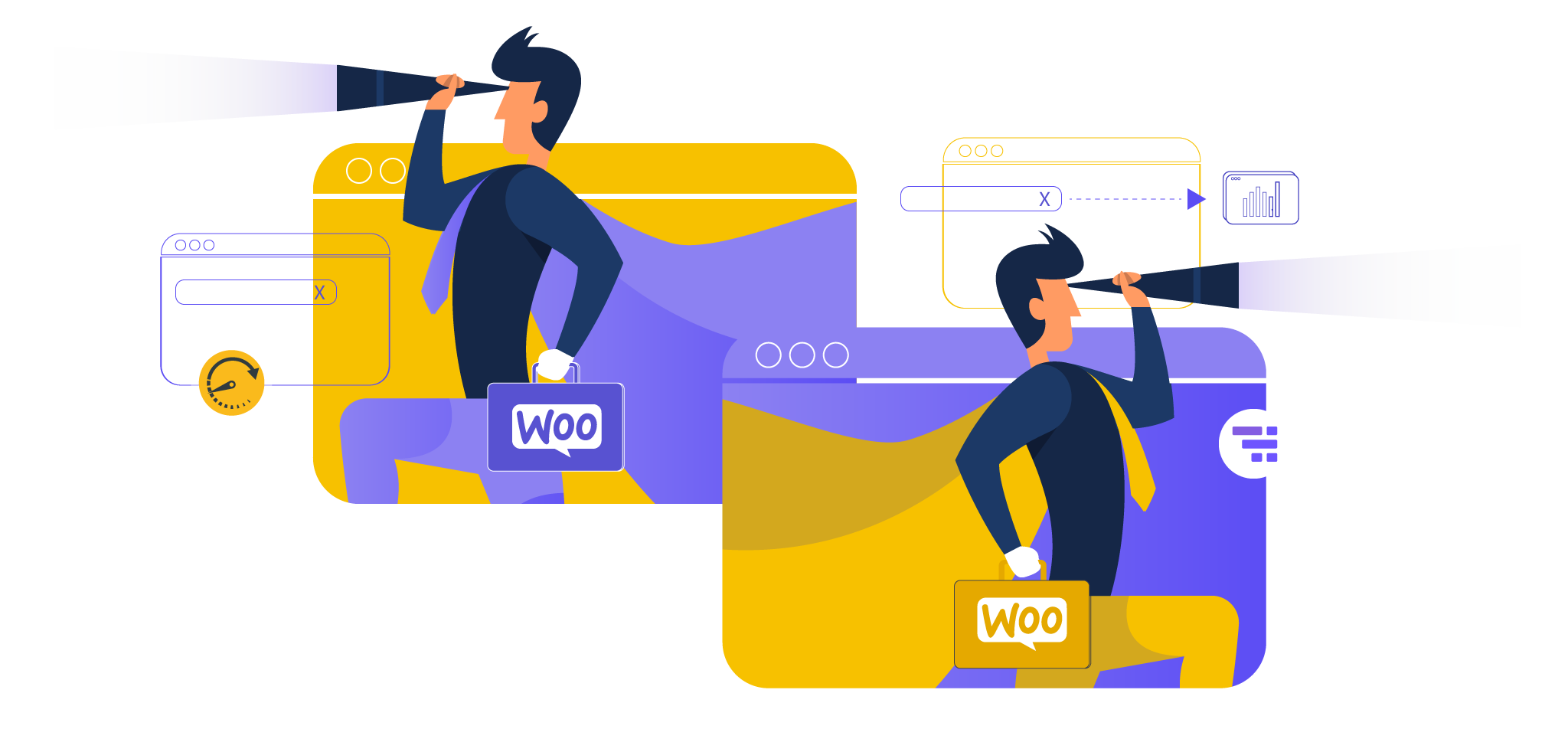

You got to monitor your site performance regularly is an essential step in improving the speed and usability of a WooCommerce store. Regular monitoring can help identify performance bottlenecks, such as slow-loading images or complex code, and allow businesses to optimize their site to improve performance. This, in turn, enhances the user experience, as fast-loading pages and efficient wait times are essential for maintaining user engagement and loyalty. Monitoring performance regularly helps keep up with technology advancements and maintain page ranking, which can lead to increased traffic and sales. By taking a proactive approach to monitor store performance, businesses can ensure that their WooCommerce store provides an optimal user experience for visitors.
Conclusion
In conclusion, improving the performance of your WooCommerce store in terms of speed and usability can be achieved through several key strategies. These include optimizing your database, utilizing caching plugins, minimizing the use of plugins, and selecting a fast and reliable hosting provider. Additionally, regularly monitoring your site’s performance and making necessary updates can help ensure that your store remains fast and user-friendly. By implementing these tips and best practices, you can improve the overall user experience for your customers and increase the likelihood of successful sales and conversions.




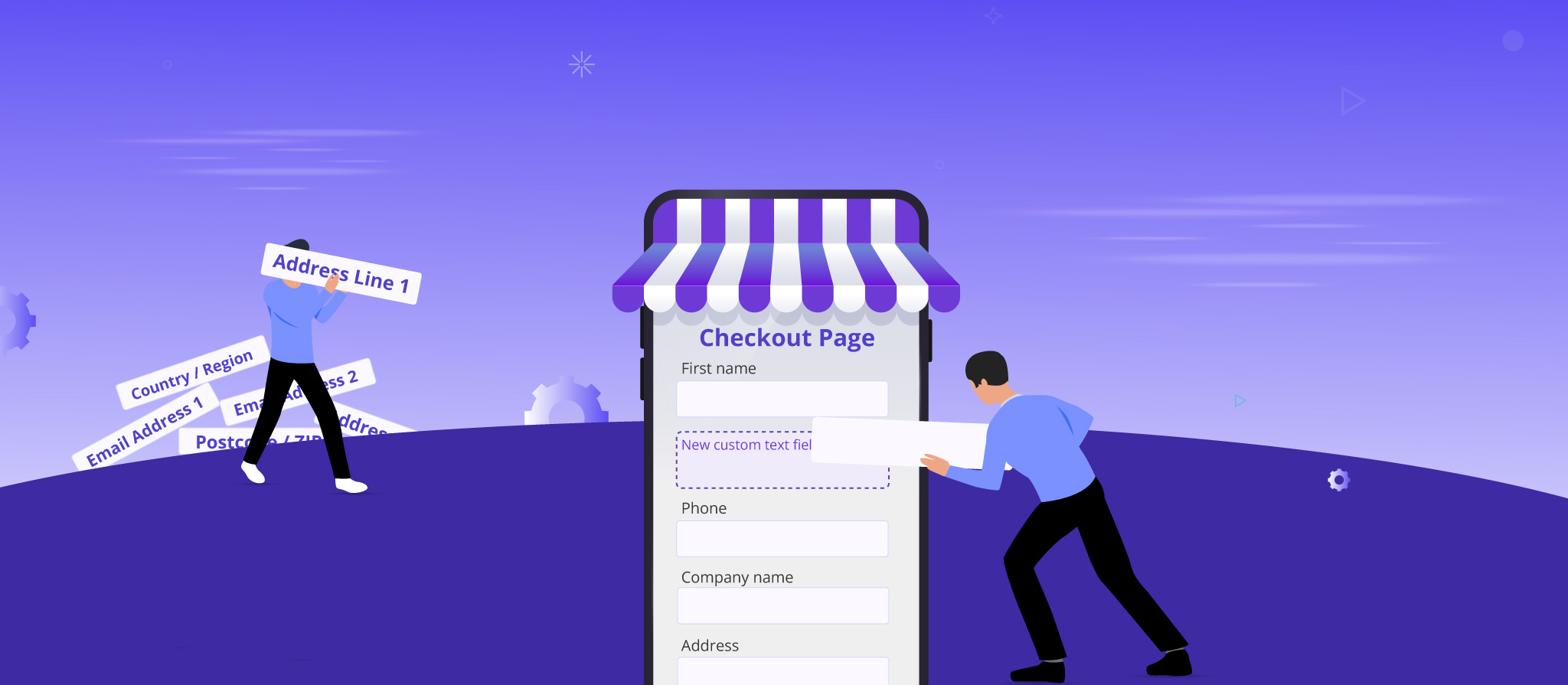
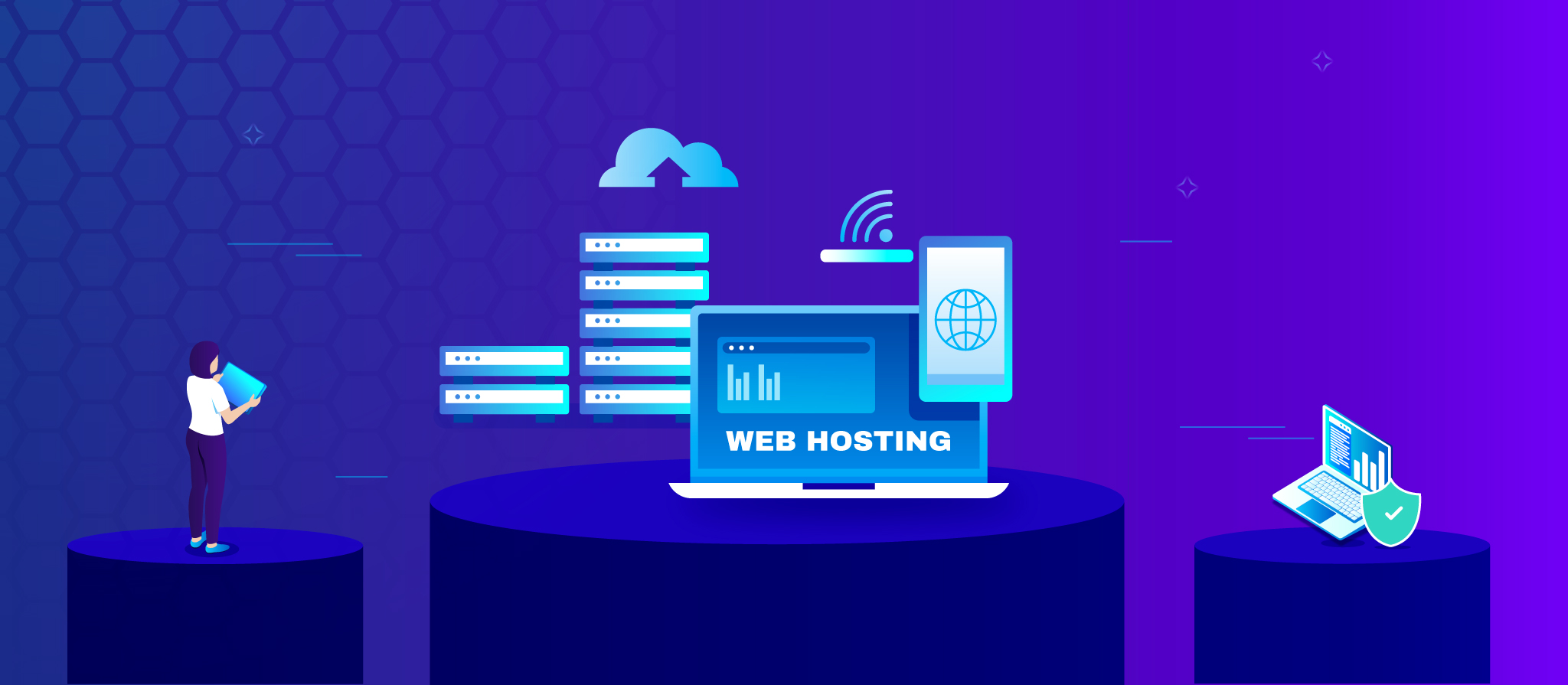
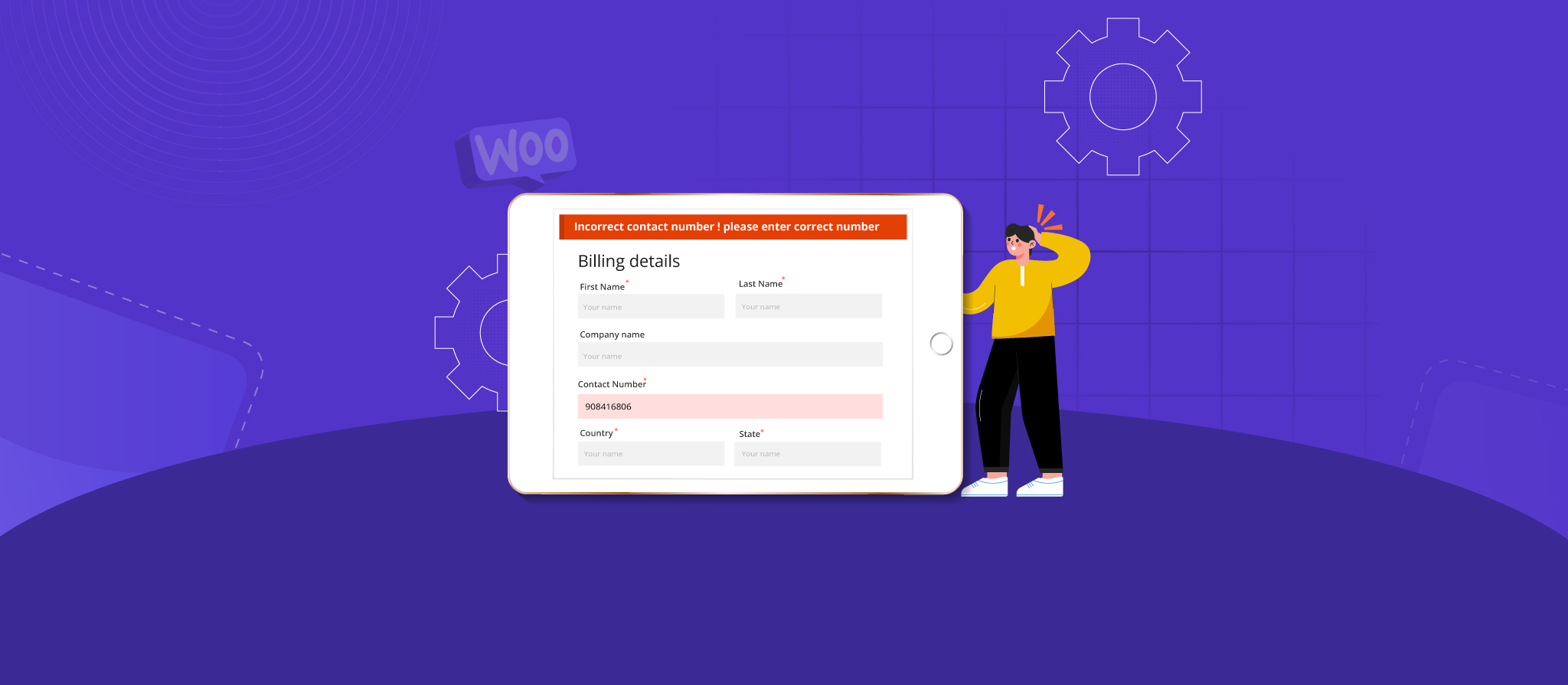
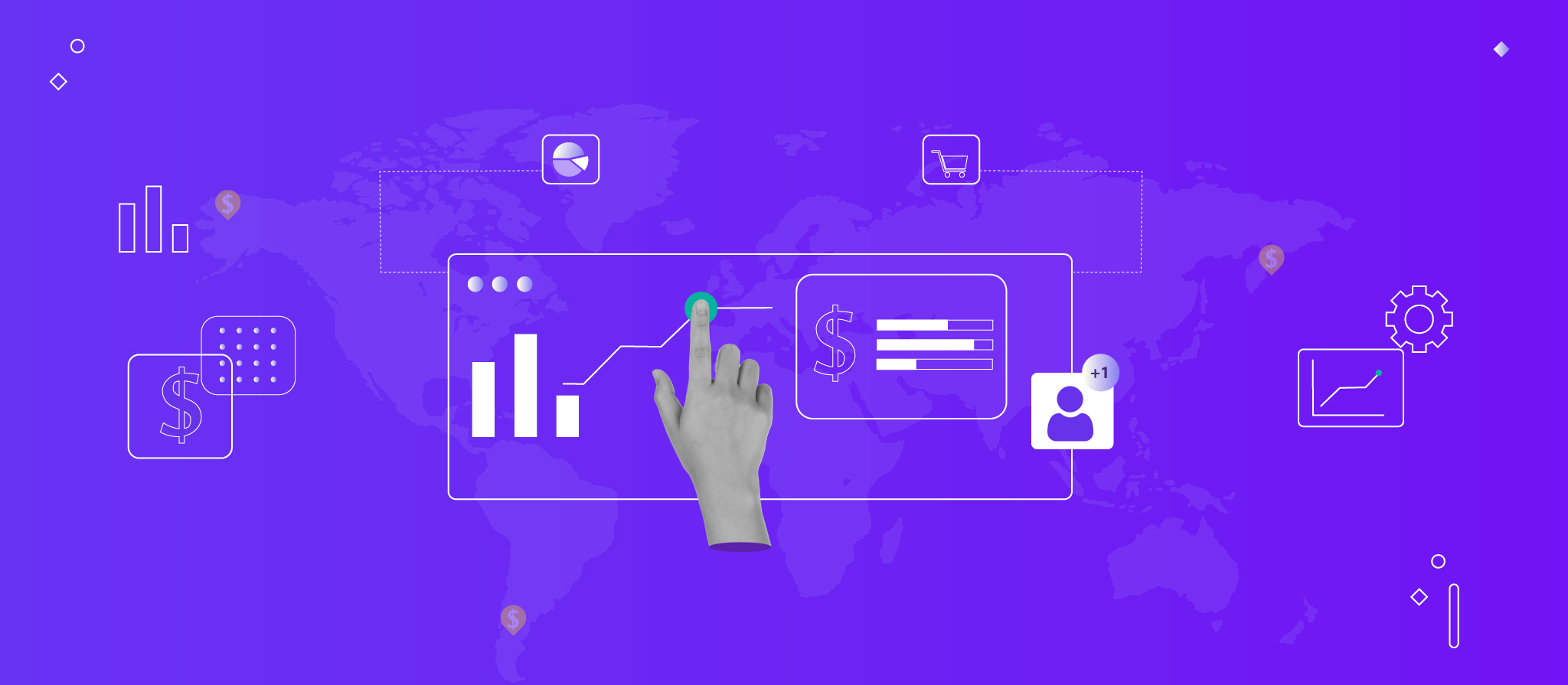


 THANK YOU!
THANK YOU!